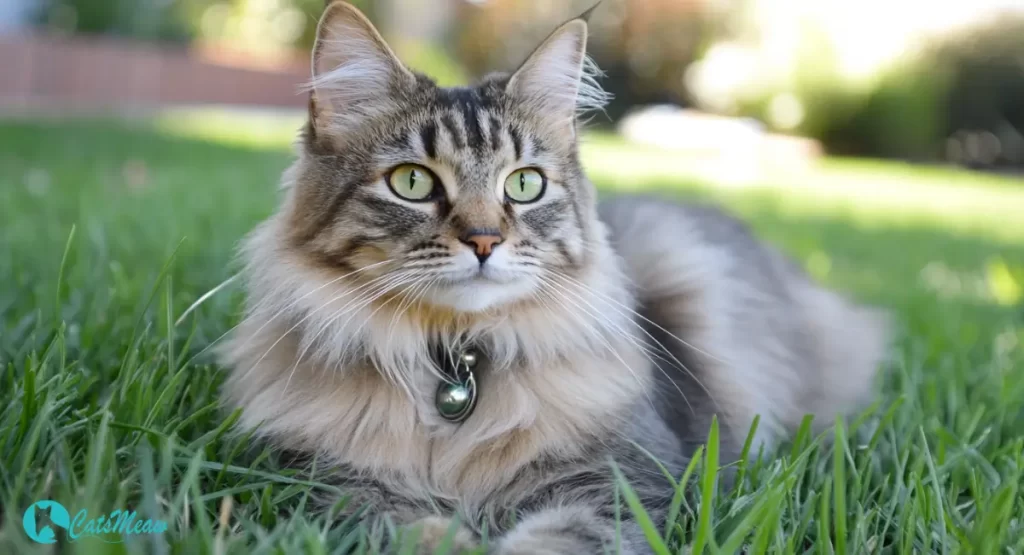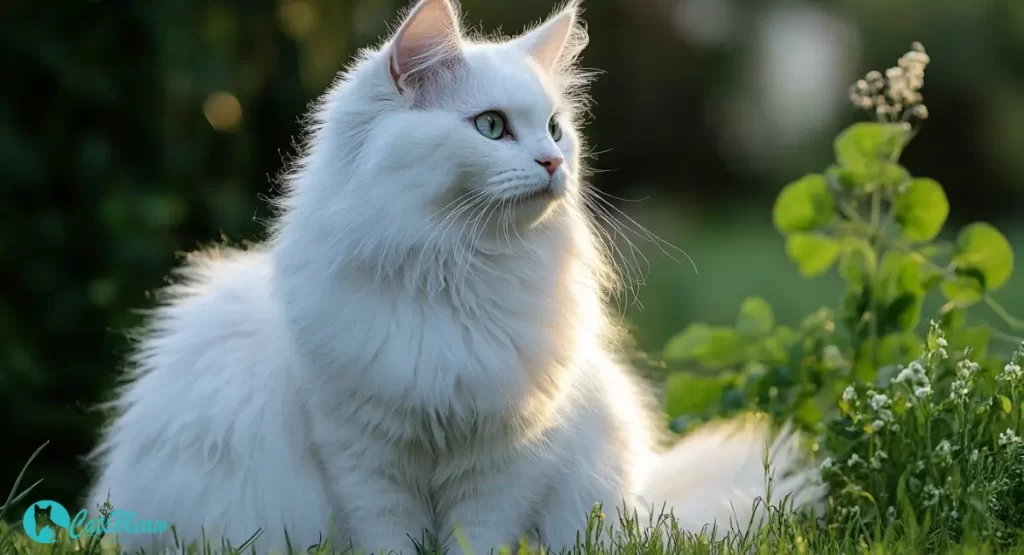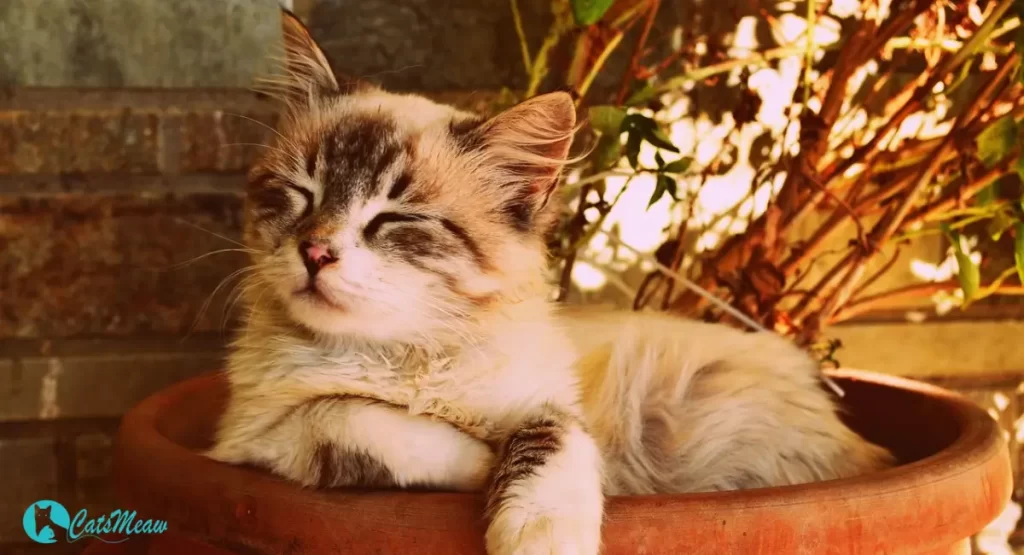Feline thyroid disorders can significantly impact a cat’s health and quality of life. While hyperthyroidism is more prevalent in cats, hypothyroidism also occurs and requires careful attention from pet owners and veterinarians. This comprehensive guide explores the intricacies of hypothyroid disease in cats, covering its causes, symptoms, diagnosis, and treatment options.

Table of Contents
The Feline Thyroid Gland: An Overview
The thyroid gland plays a crucial role in regulating a cat’s metabolism and overall bodily functions. Located in the neck, this butterfly-shaped organ produces two essential hormones: triiodothyronine (T3) and thyroxine (T4). These hormones influence various physiological processes, including:
- Growth and development
- Energy production and metabolism
- Body temperature regulation
- Heart rate and cardiovascular function
- Cognitive function and mood
When the thyroid gland malfunctions, it can lead to either an overproduction (hyperthyroidism) or underproduction (hypothyroidism) of thyroid hormones. While hyperthyroidism is more common in felines, hypothyroid disease in cats can occur and presents unique challenges for affected cats and their owners.
Types of hypothyroid disease in cats
hypothyroid disease in cats can be classified into two main categories:
- Congenital hypothyroidism
- Acquired hypothyroidism
Congenital Hypothyroidism
This rare form of hypothyroidism is present at birth and results from developmental abnormalities or genetic factors affecting the thyroid gland. Kittens with congenital hypothyroidism may exhibit:
- Stunted growth
- Delayed physical and mental development
- Abnormal facial features
- Difficulty maintaining body temperature
Congenital hypothyroidism is more challenging to manage and may have long-term implications for the affected cat’s health and quality of life.
Acquired Hypothyroidism
Acquired hypothyroidism develops later in a cat’s life and can be further categorized into:
- Primary hypothyroidism: Caused by direct damage to or dysfunction of the thyroid gland itself.
- Secondary hypothyroidism: Results from issues with the pituitary gland, which regulates thyroid hormone production.
- Iatrogenic hypothyroidism: Occurs as a consequence of medical treatments, particularly those aimed at addressing hyperthyroidism.
Understanding these distinctions is crucial for accurate diagnosis and appropriate treatment planning.
Causes of Hypothyroidism in Cats
Several factors can contribute to the development of hypothyroid disease in cats:
Overtreatment of Hyperthyroidism
Ironically, the most common cause of hypothyroidism in cats is the treatment of its opposite condition, hyperthyroidism. Treatments such as radioactive iodine therapy, surgical thyroidectomy, or prolonged use of anti-thyroid medications can sometimes lead to an overcorrection, resulting in hypothyroidism.

Autoimmune Thyroiditis
Although rare in cats, autoimmune thyroiditis can occur when the immune system mistakenly attacks the thyroid gland, leading to inflammation and reduced hormone production.
Iodine Deficiency or Excess
Both insufficient and excessive iodine intake can disrupt thyroid function. While uncommon in cats fed commercial diets, homemade diets or certain supplements may contribute to iodine imbalances.
Congenital Defects
In kittens, thyroid gland dysgenesis or enzyme deficiencies involved in hormone synthesis can result in congenital hypothyroidism.
Pituitary Gland Disorders
Tumors or other abnormalities affecting the pituitary gland can interfere with the production of thyroid-stimulating hormone (TSH), indirectly causing hypothyroid disease in cats.
Our Pick: Best Cat Supplements & Vitamins
Understanding these potential causes helps veterinarians identify risk factors and develop appropriate preventive strategies or treatment plans for affected cats.
Recognizing the Signs: Symptoms of Feline Hypothyroidism
Identifying hypothyroidism in cats can be challenging, as the symptoms often develop gradually and may be subtle. However, being aware of the following signs can help pet owners seek timely veterinary care:
Physical Changes
- Unexplained weight gain despite normal or decreased appetite
- Lethargy and reduced activity levels
- Intolerance to cold temperatures
- Dry, dull coat with excessive shedding
- Thickened skin, especially on the face and head
Behavioral Changes
- Decreased interest in play or interaction
- Increased sleeping or resting time
- Cognitive changes, such as confusion or disorientation
Digestive Issues
- Constipation
- Reduced appetite
- Occasional vomiting
Cardiovascular Effects
- Slower heart rate
- Weak pulse
- Potential development of heart murmurs
Reproductive Problems
- Infertility in breeding cats
- Prolonged heat cycles in unspayed females
It’s important to note that many of these symptoms can also be indicative of other health issues. Therefore, a thorough veterinary examination and appropriate diagnostic tests are essential for an accurate diagnosis.
Diagnosing hypothyroid disease in cats: A Multi-Step Approach
Accurately diagnosing hypothyroidism in cats requires a comprehensive evaluation that includes:
Clinical History and Physical Examination
The veterinarian will gather information about the cat’s medical history, including any previous treatments for thyroid disorders, and perform a thorough physical examination to assess overall health and look for signs consistent with hypothyroid disease in cats.
Blood Tests
Several blood tests are crucial in diagnosing hypothyroidism:
- Total T4 (TT4) measurement: This is the primary screening test for thyroid function. Low TT4 levels may indicate hypothyroidism but can also be seen in other conditions.
- Free T4 (fT4) measurement: This test measures the unbound, biologically active form of T4 and can provide more accurate results in some cases.
- Thyroid-stimulating hormone (TSH) measurement: Elevated TSH levels can indicate primary hypothyroid disease in cats, although this test is less commonly used in cats compared to dogs.
- Complete blood count (CBC) and serum biochemistry: These tests help assess overall health and may reveal secondary effects of hypothyroidism, such as anemia or elevated cholesterol levels.
Imaging Studies
In some cases, imaging techniques may be employed to evaluate the thyroid gland:
- Thyroid scintigraphy: This nuclear medicine technique can help visualize thyroid function and identify areas of reduced activity.
- Ultrasound: Useful for assessing thyroid gland size and structure, particularly in cases of suspected tumors or inflammation.
Additional Diagnostic Considerations
For cats with suspected congenital hypothyroidism, genetic testing may be recommended to identify specific mutations associated with the condition.
It’s important to note that diagnosing hypothyroid disease in cats in cats can be challenging, as the condition is relatively rare and some test results may be influenced by other health issues or medications. Therefore, a combination of clinical signs, laboratory results, and sometimes repeated testing may be necessary for a definitive diagnosis.
Treatment Options for Feline Hypothyroidism
Once a diagnosis of hypothyroidism is confirmed, treatment typically focuses on hormone replacement therapy to restore normal thyroid function. The primary treatment options include:
Synthetic Thyroid Hormone Supplementation
Levothyroxine, a synthetic form of thyroxine (T4), is the most commonly prescribed medication for feline hypothyroidism. Available in tablet or liquid form, it helps replace the missing thyroid hormones and restore normal metabolic function.
Related: Best Interactive Toys for Indoor Cats
Key points about levothyroxine therapy:
- Dosage is typically based on the cat’s weight and adjusted according to response
- Administration is usually twice daily, though some cats may require once-daily dosing
- Regular blood tests are necessary to monitor thyroid hormone levels and adjust dosage as needed
- It may take several weeks to months to achieve optimal thyroid function
Liothyronine Supplementation
In some cases, particularly when cats don’t respond well to levothyroxine alone, liothyronine (synthetic T3) may be prescribed. This medication can be useful for cats with difficulty converting T4 to T3.
Dietary Management
While not a standalone treatment, dietary considerations play a role in managing hypothyroid disease in cats:
- Ensure a balanced, high-quality diet appropriate for the cat’s life stage
- Avoid excessive iodine intake, which can interfere with thyroid function
- Consider omega-3 fatty acid supplementation to support skin and coat health
Monitoring and Adjusting Treatment
Successful management of feline hypothyroidism requires ongoing monitoring and potential adjustments:
- Regular veterinary check-ups to assess clinical response
- Periodic blood tests to measure thyroid hormone levels
- Dose adjustments based on clinical signs and test results
- Monitoring for potential side effects of medication
It’s crucial for cats owners to follow the veterinarian’s instructions carefully and report any changes in their cat’s condition promptly.

Living with a Hypothyroid Cat: Long-Term Management and Care
Managing a cat with hypothyroidism requires a long-term commitment to ensure optimal health and quality of life. Here are some key aspects of ongoing care:
Medication Adherence
Consistent administration of prescribed thyroid hormone supplements is crucial. Develop a routine to ensure your cat receives medication as directed, and never adjust dosage without veterinary guidance.
Regular Veterinary Check-ups
Schedule routine follow-up appointments to monitor your cat’s progress and adjust treatment as needed. These visits typically include:
- Physical examinations
- Blood tests to assess thyroid hormone levels
- Discussions about any observed changes in your cat’s condition
Weight Management
hypothyroid disease in cats can affect metabolism and lead to weight gain. Work with your veterinarian to:
- Establish an appropriate diet plan
- Monitor calorie intake
- Encourage regular, gentle exercise suitable for your cat’s condition
Environmental Considerations
Cats with hypothyroidism may be more sensitive to cold temperatures. Ensure your home provides:
- Warm, comfortable resting areas
- Access to sunlight or heated beds if needed
- Protection from drafts or extreme temperature changes
Grooming and Skin Care
Address potential skin and coat issues by:
- Regular brushing to distribute natural oils and remove loose fur
- Using moisturizing shampoos or conditioners as recommended by your vet
- Monitoring for any signs of skin irritation or infection
Mental Stimulation
Encourage mental engagement to combat potential lethargy:
- Provide interactive toys and puzzles
- Engage in gentle play sessions
- Offer environmental enrichment through climbing structures or window perches
Monitoring for Complications
Be vigilant for any signs of complications or changes in your cat’s condition, such as:
- Sudden changes in appetite or water consumption
- Alterations in litter box habits
- Behavioral changes or signs of discomfort
Prompt reporting of these observations to your veterinarian can help address potential issues early.
Potential Complications and Prognosis
While hypothyroidism in cats is generally manageable with appropriate treatment, it’s important to be aware of potential complications:
Cardiovascular Issues
Untreated or poorly managed hypothyroid disease in cats can lead to:
- Decreased heart rate and contractility
- Potential development of heart murmurs
- Increased risk of thromboembolism in severe cases
Neurological Effects
In rare cases, severe or prolonged hypothyroidism may cause:
- Peripheral neuropathy
- Cognitive dysfunction in older cats
- Vestibular disturbances affecting balance
Anemia
Some hypothyroid cats may develop mild anemia due to decreased red blood cell production.
Gastrointestinal Complications
Constipation and reduced gut motility can occur, potentially leading to more severe digestive issues if left unaddressed.
Related: The Best Food For Cats With Sensitive Stomachs
Prognosis
With proper diagnosis and consistent treatment, the prognosis for cats with hypothyroidism is generally good. Most cats respond well to thyroid hormone supplementation and can maintain a good quality of life. However, lifelong medication and monitoring are typically necessary.
Factors affecting prognosis include:
- Age at diagnosis
- Presence of concurrent health issues
- Consistency of treatment and follow-up care
Early detection and intervention often lead to better outcomes, highlighting the importance of regular veterinary check-ups and prompt attention to any concerning symptoms.
Preventing hypothyroid disease in cats
While not all cases of hypothyroidism can be prevented, there are steps pet owners can take to reduce the risk or catch the condition early:
Regular Health Check-ups
Schedule annual or bi-annual veterinary examinations, including thyroid function tests, especially for older cats or those with a history of thyroid issues.
Balanced Nutrition
Provide a high-quality, balanced diet appropriate for your cat’s life stage and health status. Avoid excessive iodine supplementation unless specifically recommended by your veterinarian.
Careful Monitoring During Hyperthyroidism Treatment
If your cat is being treated for hyperthyroidism, work closely with your veterinarian to:
- Monitor thyroid hormone levels regularly
- Adjust medication dosages as needed
- Watch for signs of overcorrection that could lead to hypothyroid disease in cats
Environmental Considerations
Minimize exposure to potential thyroid disruptors, such as certain chemicals or pesticides, which may affect thyroid function.
Genetic Considerations
For breeders, be aware of any genetic predispositions to thyroid disorders in certain cat breeds and consider genetic testing when appropriate.
Conclusion
Understanding hypothyroid disease in cats is crucial for early detection and effective management. By recognizing the signs, seeking prompt veterinary care, and committing to long-term treatment plans, cat owners can help their feline companions maintain a good quality of life despite this hormonal imbalance.
Remember that each cat is unique, and treatment approaches may need to be tailored to individual needs. Open communication with your veterinarian, consistent medication administration, and regular monitoring are key components of successful management.
As research in feline endocrinology continues to advance, new insights and treatment options may emerge, offering hope for even better outcomes for cats affected by hypothyroid disease in cats. Stay informed, remain vigilant, and provide your cat with the care and support needed to thrive despite this challenging condition.
